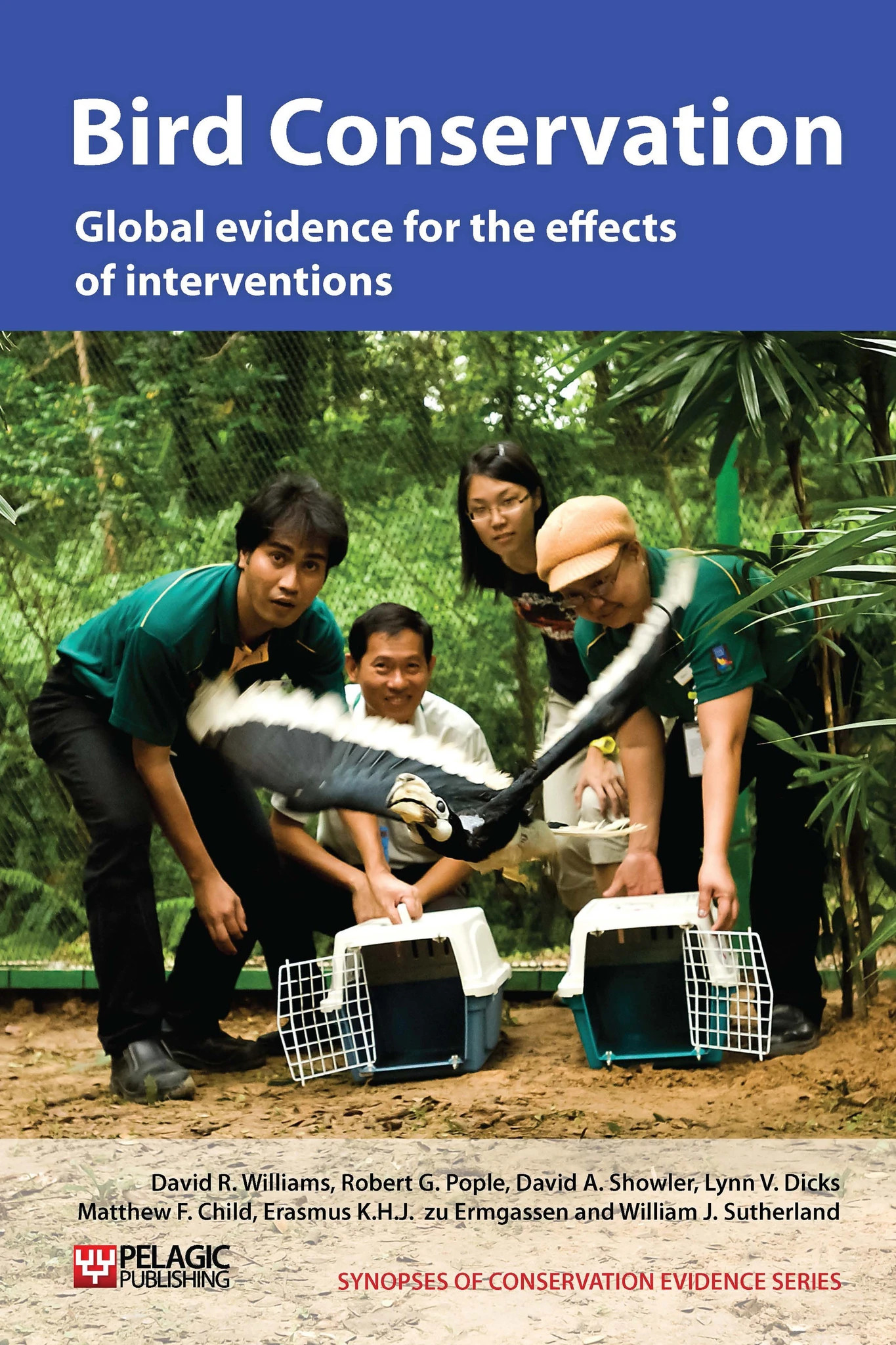Reduce nest ectoparasites by providing beneficial nesting material
-
Overall effectiveness category Unknown effectiveness (limited evidence)
-
Number of studies: 1
View assessment score
Hide assessment score
How is the evidence assessed?
-
Effectiveness
15% -
Certainty
13% -
Harms
0%
Study locations
Supporting evidence from individual studies
A randomised, replicated and controlled experiment in 2000 at four sites in New Brunswick and Nova Scotia, Canada (Shutler & Campbell 2007) found that the number of purple martin fleas Ceratophyllus idius was significantly lower in tree swallow Tachycineta bicolor nests with fresh yarrow Achillea millefolium foliage added every two days whilst clutches were being laid, compared to control nests with no added foliage (419 fleas/nest for 23 experiomental nests vs. 773 fleas/nest for 44 controls). There were no corresponding differences in the number of blowfly Protocalliphora spp. pupae (3.3 and 2.5 pupae/nest for experimental and control nests respectively), nestling mass (23.5 g in experimental nests vs. 23.8 g in controls), nestling leukocyte profiles, or proportion of young fledging (5.3 fledglings/nest for experimental nests vs. 5.1 fledglings/nest for controls). The authors speculate that adult tree swallows may increase provisioning rate to compensate for flea parasitism.
Study and other actions tested
Where has this evidence come from?
List of journals searched by synopsis
All the journals searched for all synopses
This Action forms part of the Action Synopsis:
Bird Conservation
Bird Conservation - Published 2013
Bird Synopsis





)_2023.JPG)














